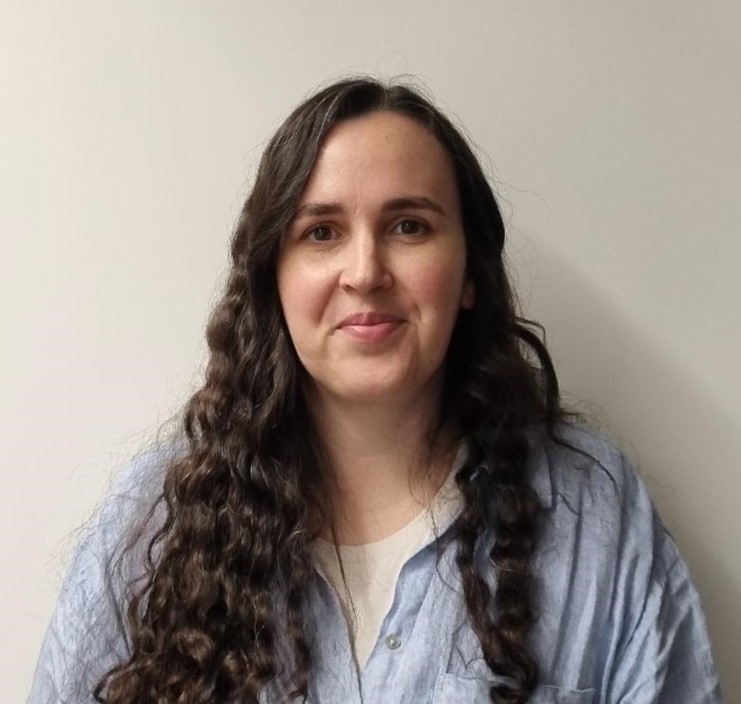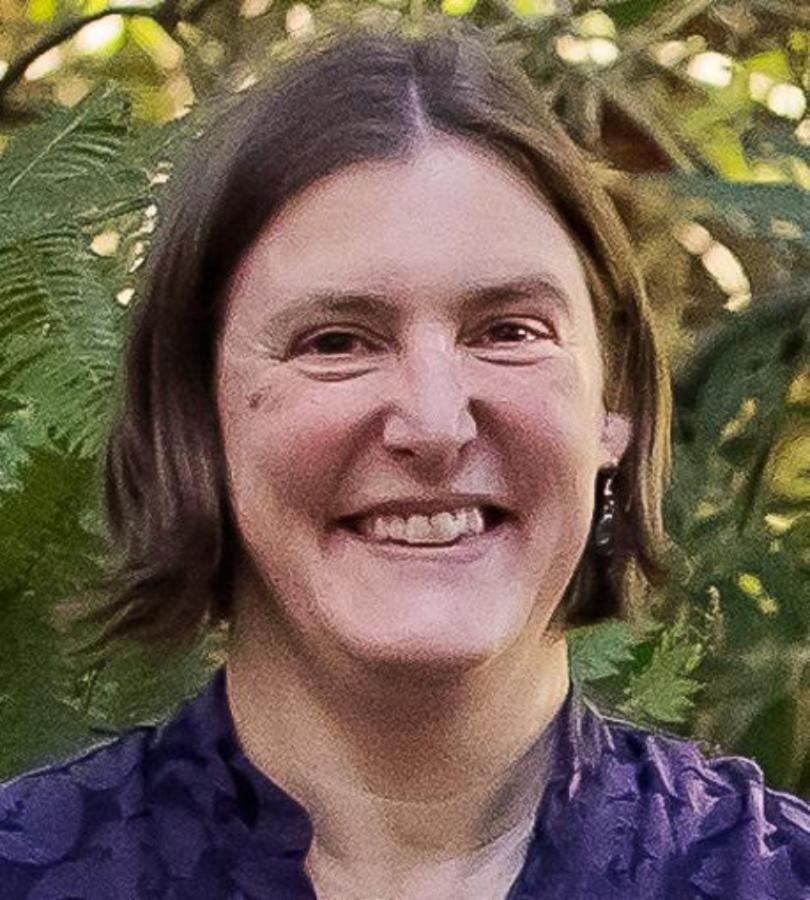Menu
About UC
Mō UC
Campus & community
Study
Ako
Study information
Life
Te Ao o UC
Student life
Support
Research
Rangahau
About our research
Research groups & projects
News and Events
Rongo o te Wā
Latest News
About UC
Mō UC
Campus & community
Study
Ako
Study information
Life
Te Ao o UC
Student life
Support
Research
Rangahau
About our research
Research groups & projects
News and Events
Rongo o te Wā
Latest News
About UC
Mō UC
Campus & community
Study
Ako
Study information
Life
Te Ao o UC
Student life
Support
Research
Rangahau
About our research
Research groups & projects
News and Events
Rongo o te Wā
Latest News
About UC
Mō UC
Campus & community
Study
Ako
Study information
Life
Te Ao o UC
Student life
Support
Research
Rangahau
About our research
Research groups & projects
News and Events
Rongo o te Wā
Latest News
About UC
Mō UC
Campus & community
Study
Ako
Study information
Life
Te Ao o UC
Student life
Support
Research
Rangahau
About our research
Research groups & projects
News and Events
Rongo o te Wā
Latest News
Contact us
Regular hours
Refer below for contact hours.
Special hours
If you are a current UC student, our student advisors are here to help you plan your degree and courses. Get in touch at scienceugadvice@canterbury.ac.nz today.
-
Nicki McMillan
-
Nicki McMillan
-

Nicki McMillan
Academic Services Manager
Pressing this button will open your email client.Pressing this button will start a call. -
Roseanna Brailsford
-
Roseanna Brailsford
-

Roseanna Brailsford
Student Advisor
Pressing this button will open your email client.Pressing this button will start a call. -
Anna Johnson
-
Anna Johnson
-

Anna Johnson
Student Advisor
Pressing this button will open your email client.Pressing this button will start a call. -
Andre Maasjosthusmann

-
Andre Maasjosthusmann

-

Andre Maasjosthusmann
Student Advisor
Pressing this button will open your email client.Pressing this button will start a call. -
Kathryn Treeby
-
Kathryn Treeby
-

Kathryn Treeby
Student Advisor
Pressing this button will open your email client.Pressing this button will start a call.
Privacy Preferences
By clicking "Accept All Cookies", you agree to the storing of cookies on your device to enhance site navigation, analyse site usage, and assist in our marketing efforts.
General enquiries
0800 827 748 (within NZ)
+64 3 369 3999
Emergency contact details
Ext: 92111 (from a campus landline)
Direct dial: 0800 823 637
University of Canterbury | A Fair Trade University

